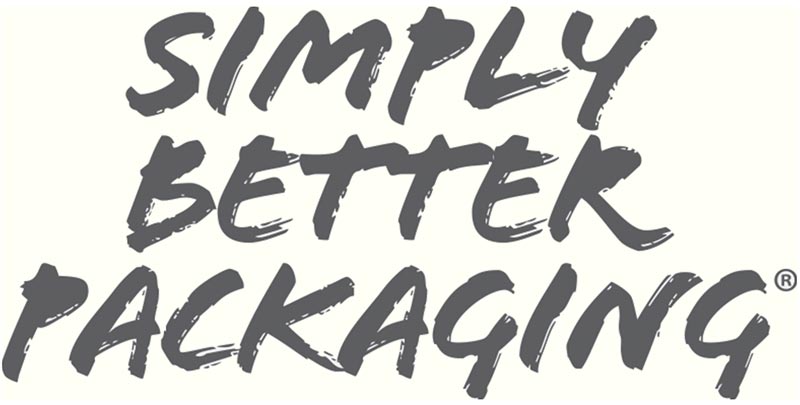Living sustainable is not just something we say, it is our company vision. We strive to be an industry leader in sustainability and reducing our overall carbon footprint by implementing a variety of energy saving programs, water recycling, and working with local governments and municipalities. Our sustainability goals don’t stop with just our facilities. We have been using recycled PET since the early 90’s with key retail partners. In 2011 we introduced our EcoStar® material that is made from 75% or more, post-consumer recycled PET. We purchase post-consumer recycled PET bottles and thermoforms from material recovery facilities (MRF’s) to help keep over 1 billion PET bottles from going to the landfills each year. By diverting these bottles from landfills, we are able to close the loop and create sustainable results.

Our EcoStar material is something we are very proud to talk about. We are at the cutting edge of environmentally conscious packaging materials with our EcoStar material. EcoStar is a food grade post-consumer recycled PET material that is made from curbside-collected bottles and thermoforms and is 100% recyclable. Commitment to recycling PET by reclaiming plastic bottles and thermoforms and turning them back into consumer packaging, is how we at Placon, make simply, better, packaging. Reuse, recycle and replastic is our vision to get the most out of plastic.
We are proud to say that we complete a closed loop process when creating our EcoStar packaging. Simply look for the #1 inside the recycling symbol to determine if the item is PET or not. All PET bottles and thermoforms can be used in our process, which are used to make our EcoStar post-consumer recycled PET plastic sheet.
Step 1:
PET flake is extruded into our EcoStar plastic sheet, used for food, medical and retail packaging.
Step 2:
Packaging made using our EcoStar material is then shipped to distributors and customers across the United States to be used for food, medical and retail products.
Step 3:
Consumers use food, medical and retail products every day. Once they are done using them, they can simply toss the EcoStar packaging into their recycling bin.
Step 4:
Recycling bins filled with EcoStar and other PET plastic are placed curbside to be collected by local recycling companies.
Step 5:
Local recycling companies then process the curbside collected PET plastic and is made into post-consumer PET bales. These bales are then sent to Placon in Madison, WI to be made into EcoStar post-consumer PET packaging.
Step 6:
Once the post-consumer PET bales arrive at Placon, they are cleaned, sorted and made into clean PET flake.
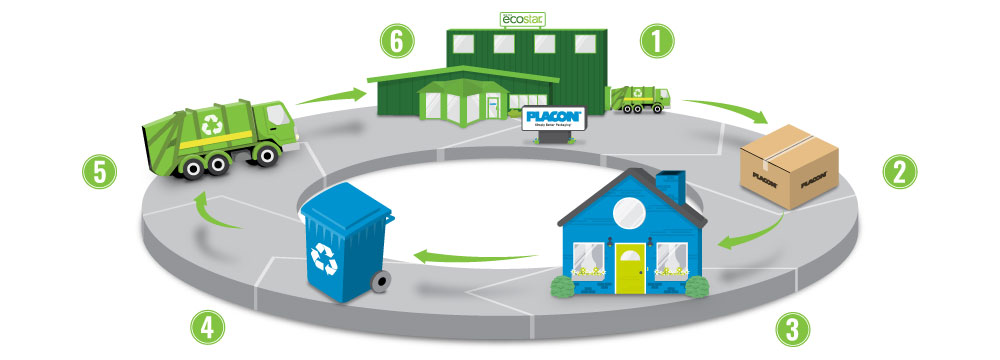
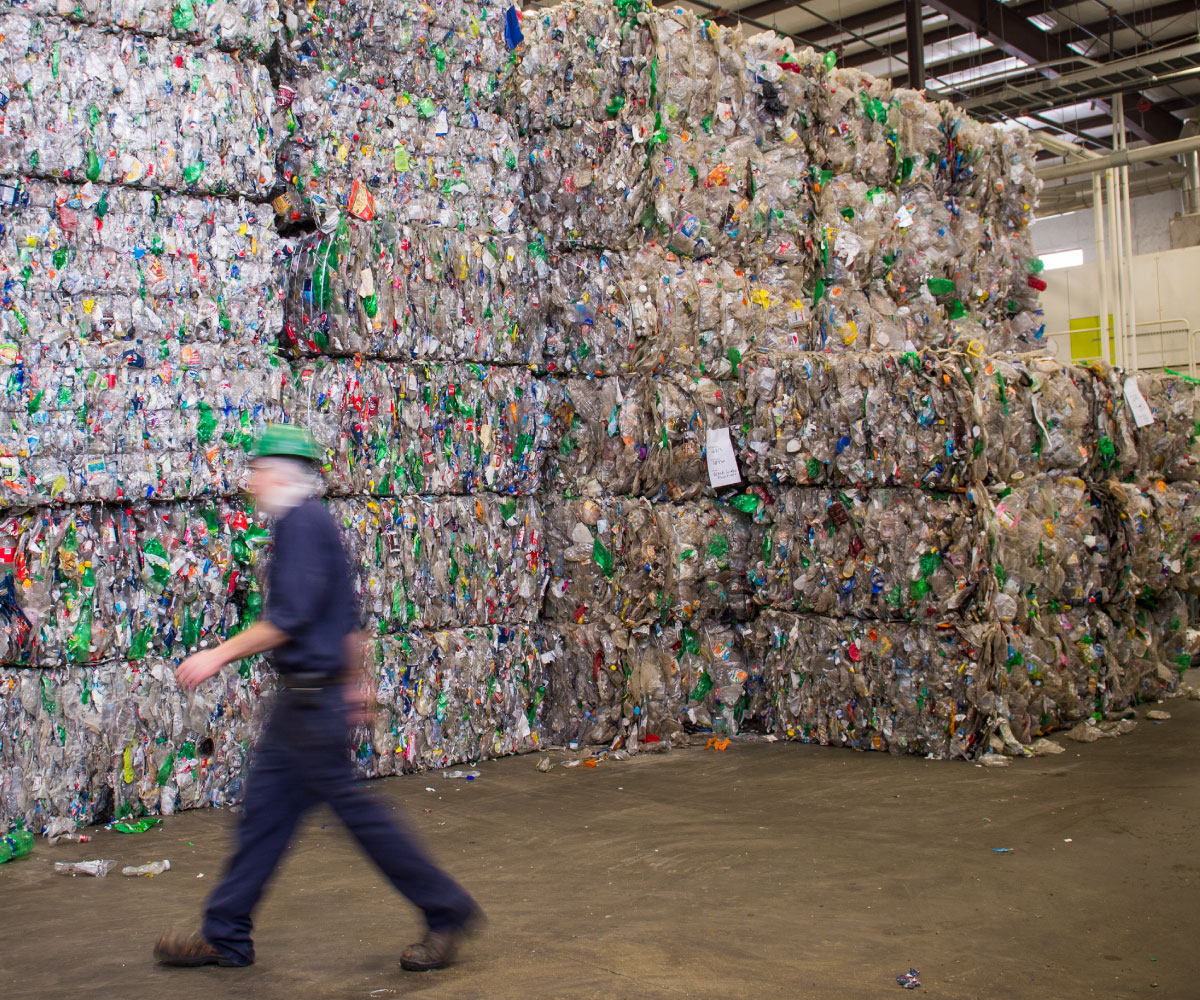
We opened our Madison Wisconsin recycling facility 2011, with the vision to promote a sustainability message and create sustainable packaging solutions in the food, retail and medical marketspace. Today, our facility recycles 83 lbs. of inbound PET bottles and thermoforms per minute. That is equal to diverting over 120,000 lbs. of PET containers from landfills each day. Per year, this adds up to over 1 billion containers recycled – that is enough PET water bottles to wrap around the earth 4 TIMES. Each ton of plastic recycled means saving 3.8 barrels of oil, which means we are able to conserve more than 75,000 barrels per year based on the amount of PET we recycle and remake into usable thermoformed packaging.
Throughout this website, you will see on our stock food and retail pages, a line item in the product specification section that indicates bottles per unit and bottles per case. The listed value represents the quantity of plastic bottles and thermoforms that are being redirected from landfills to make that product. We have taken the average weight of one standard water bottle (9.9 grams) to emphasize the sustainable impact you are making with your packaging choice and providing you with information to share with your customers.
Creating sustainable impact comes down to individuals, businesses and local community members choosing to make the environment their priority. At Placon, we encourage everyone to choose to recycle. By knowing more about the different types of plastics, you can understand how your packaging choice makes a difference. A few things you can do include:
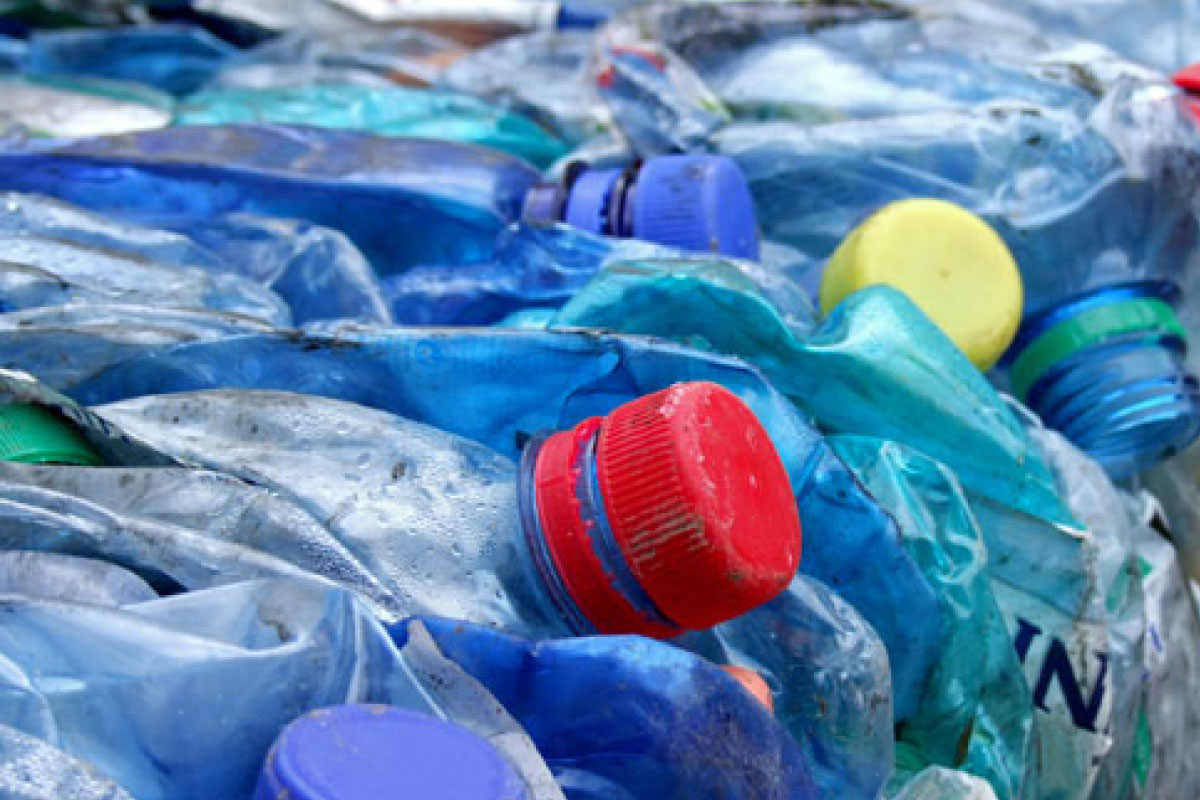
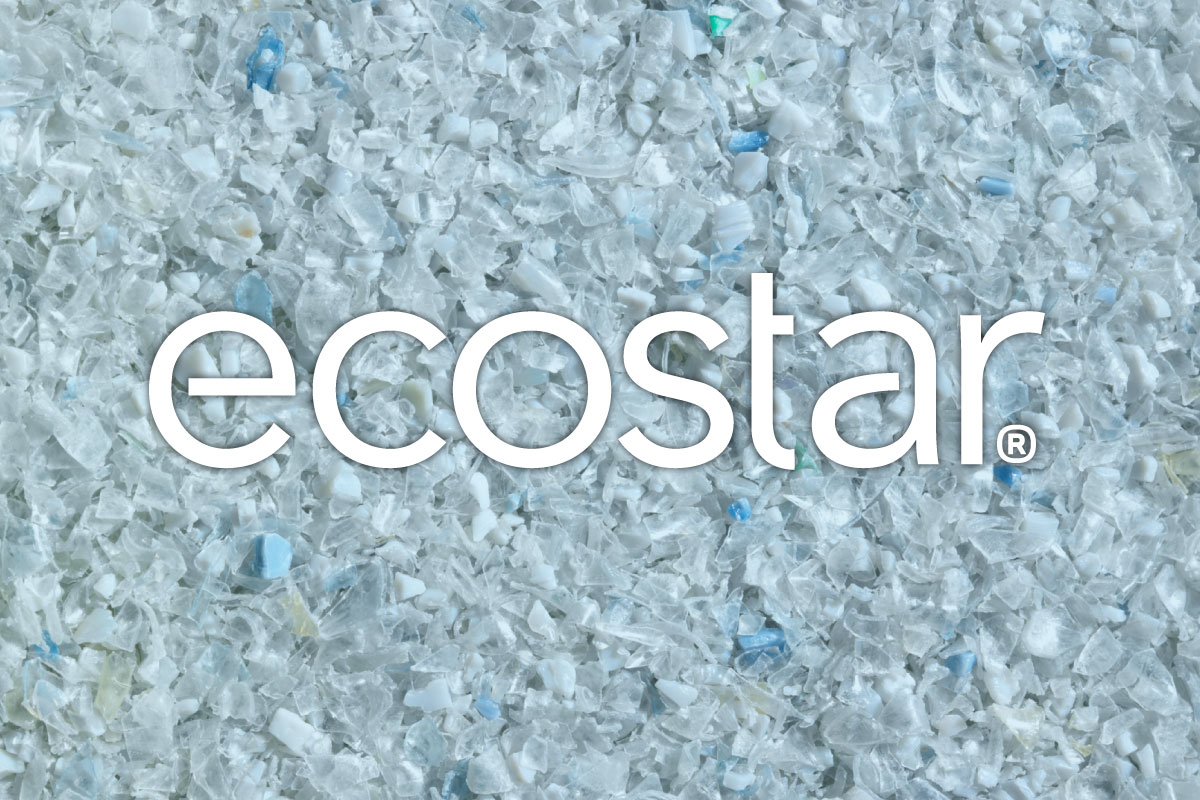
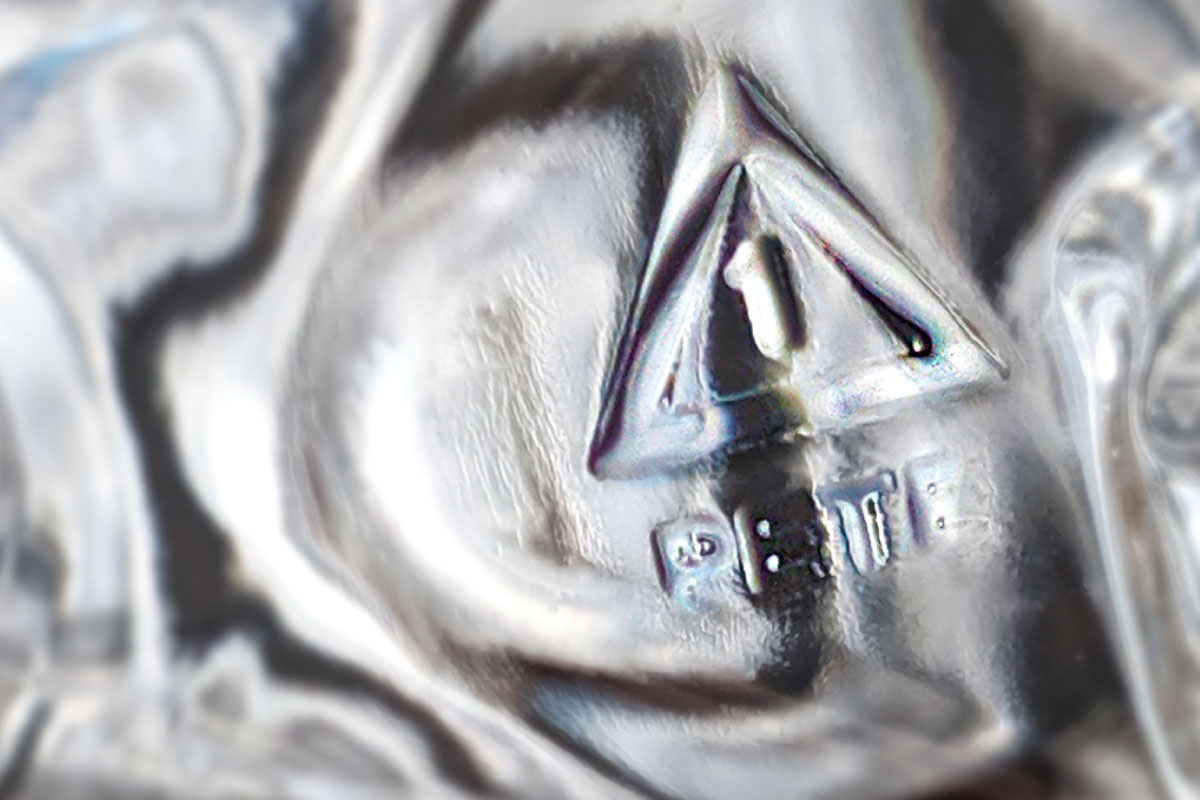
PET is an acronym for Polyethylene Terephthalate and is best known as the clear plastic used for water and soda bottles. Globally recognized as a safe lightweight and flexible material, PET is also 100% recyclable. In fact, PET is the most widely recycled plastic in the world, with recycling rates increasing each year. If you are not sure which plastics are made from PET, all you have to do is look at the resin identification code on the bottom of the container. If it is made of PET, you will see a symbol featuring the number “1”, surrounded by the three chasing arrows that indicate recyclability.
Both virgin and recycled PET are used to package a wide range of products. These products range from beverages, food, cosmetics and toys. PET is also a common component found in fiber or fabric applications such as, carpeting, clothing and sleeping bags where it is commonly referred to as “polyester”. PET is used worldwide, therefore it has a high value and is particularly important to recycle. By taking purchased curbside collected bales of PET bottles and thermoforms, we are able to keep this material out of landfills, so it can be used in making new packaging for consumers to use and enjoy.
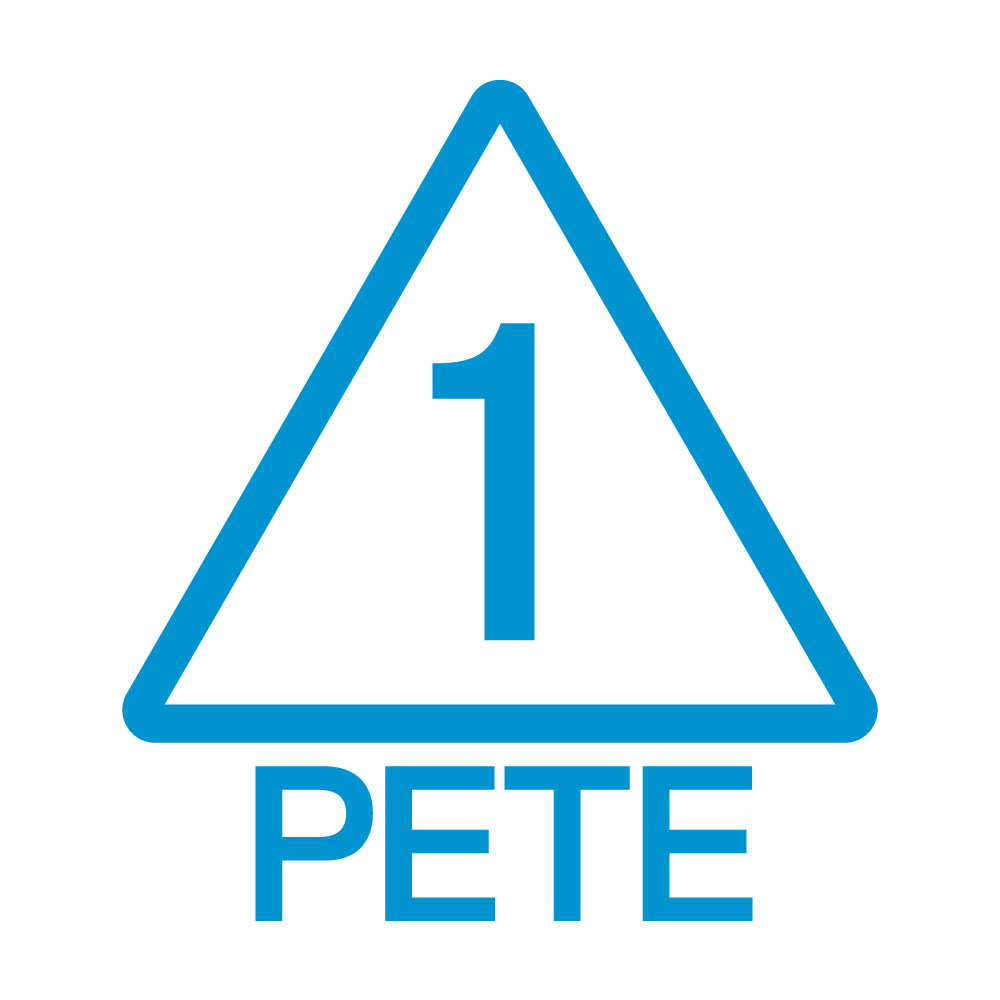
Description
Properties
Product Applications
|
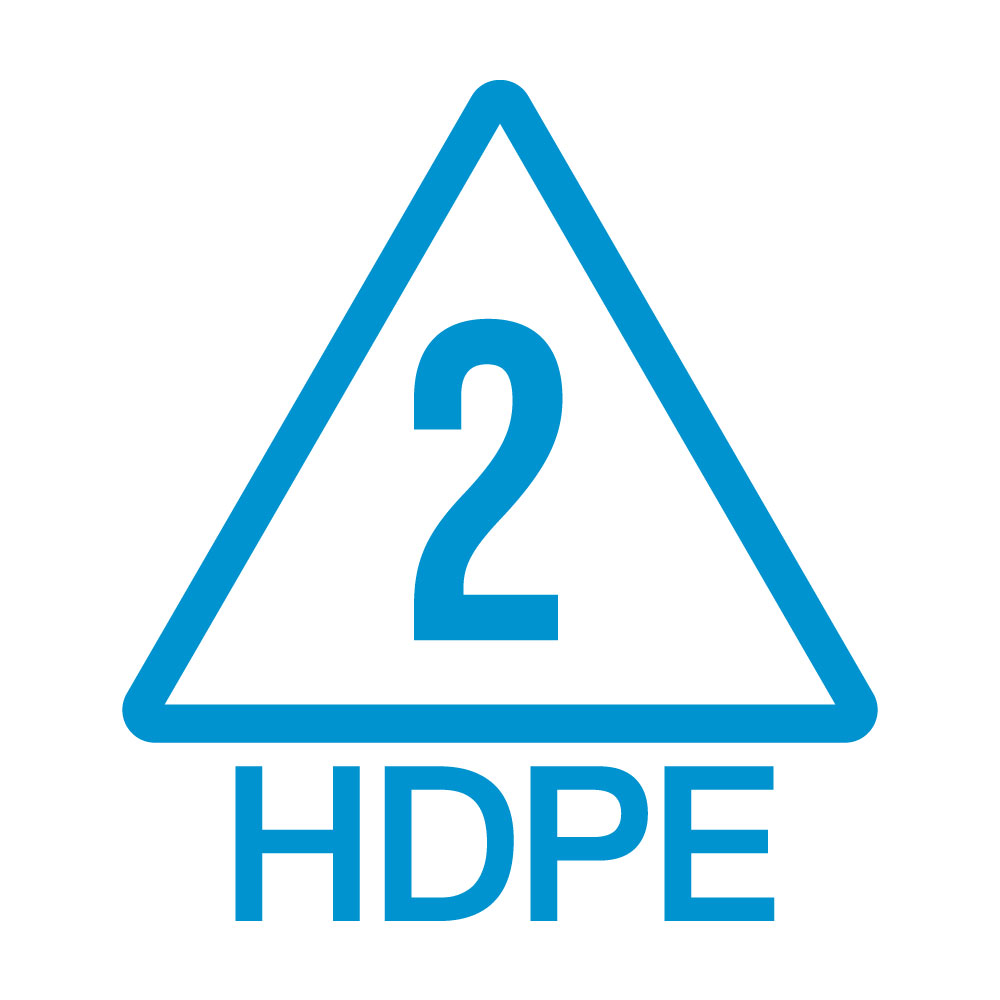
Description
Properties
Product Applications
|
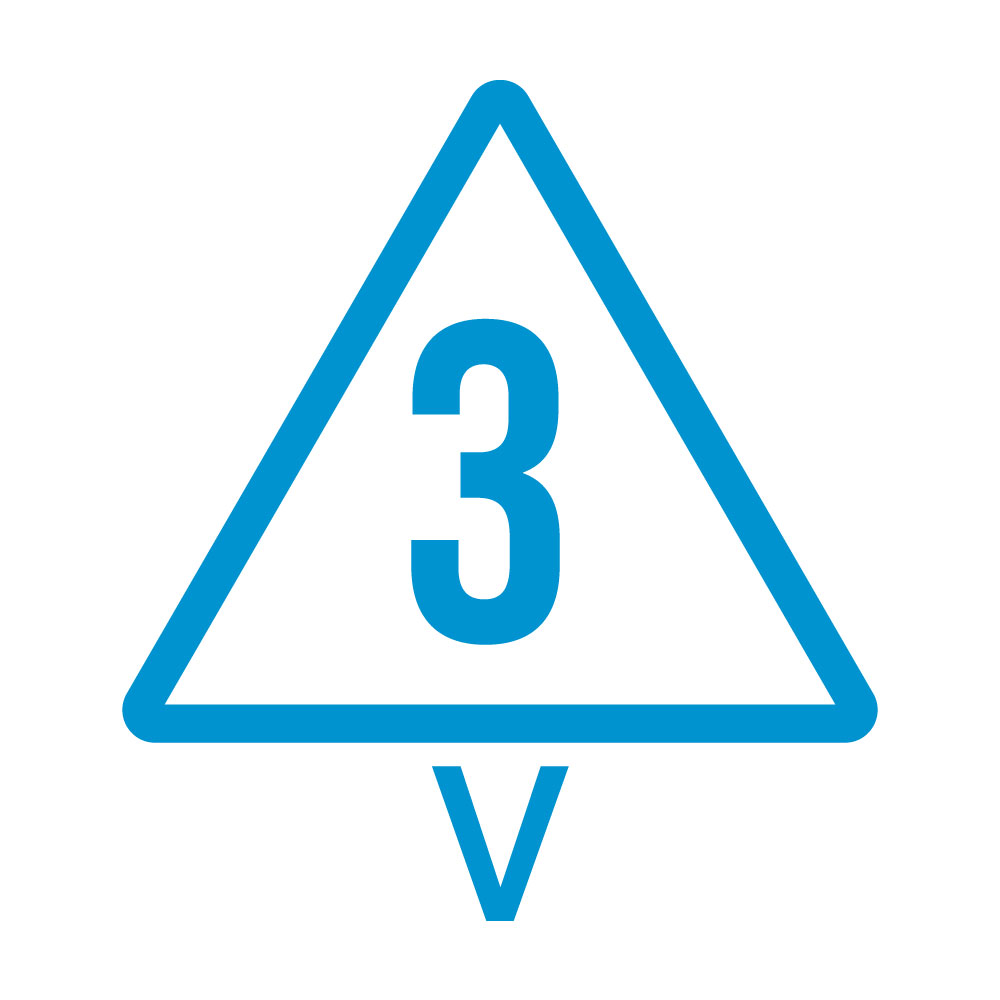
Description
Properties
Product Applications
|
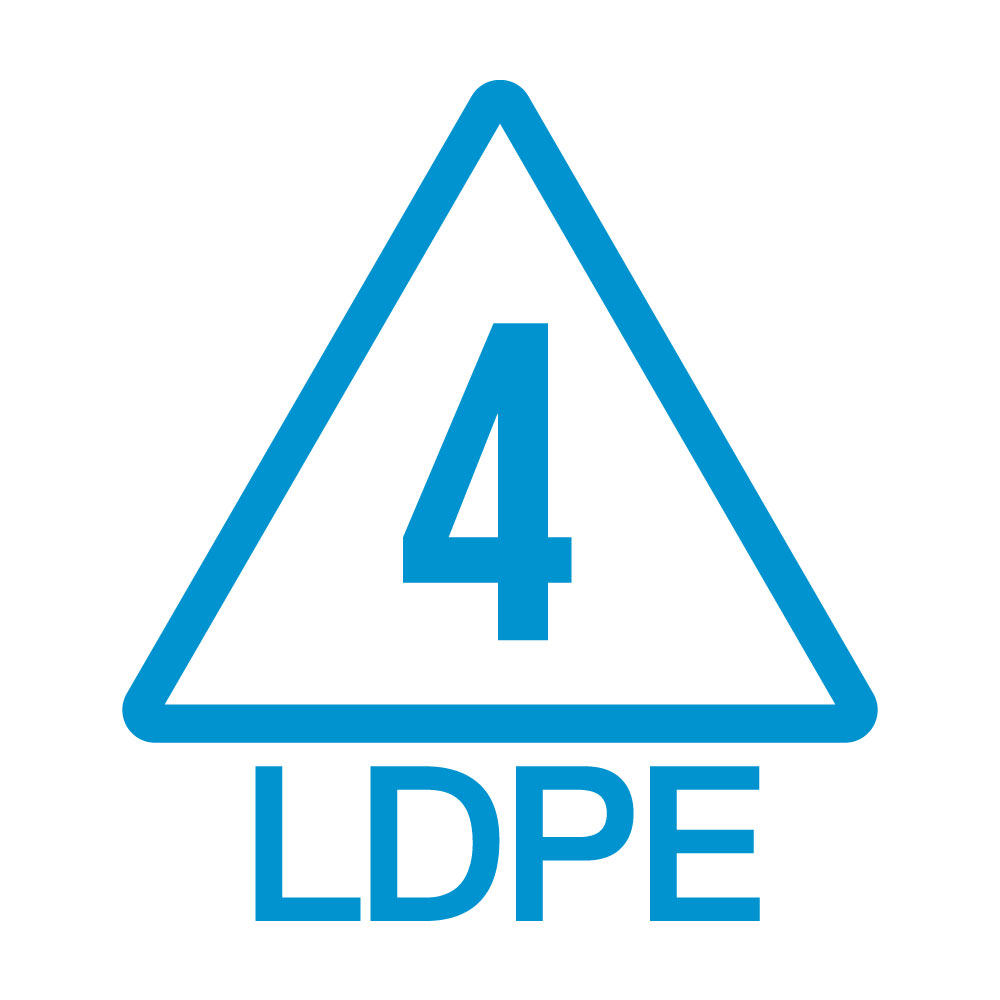
Description
Properties
Product Applications
|
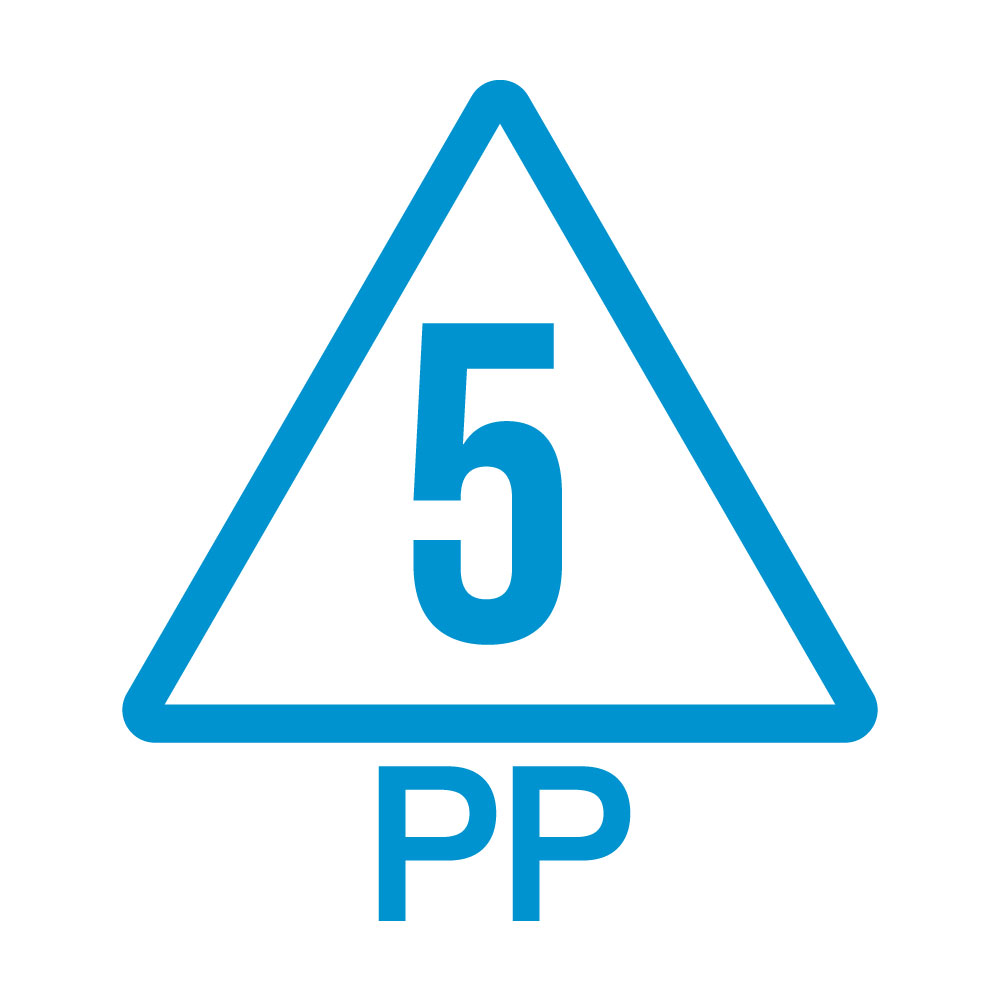
Description
Properties
Product Applications
|
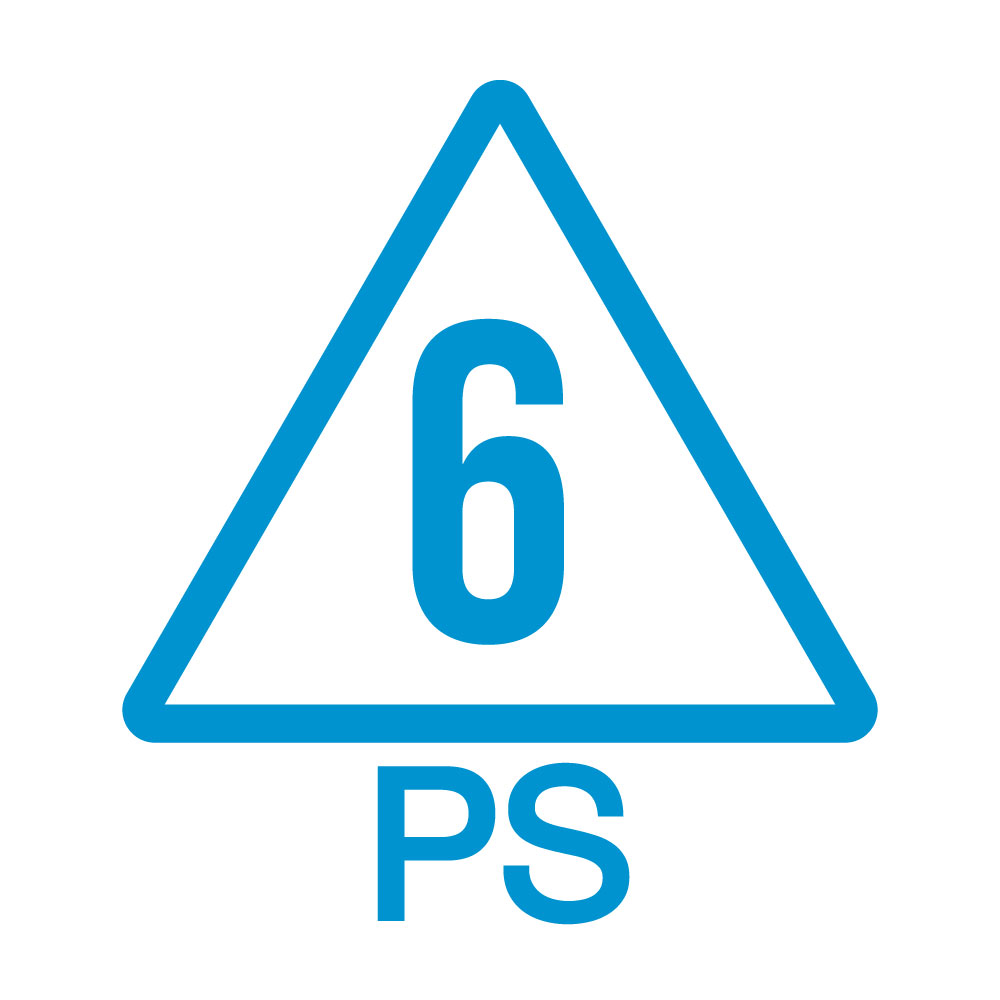
Description
Properties
Product Applications
|
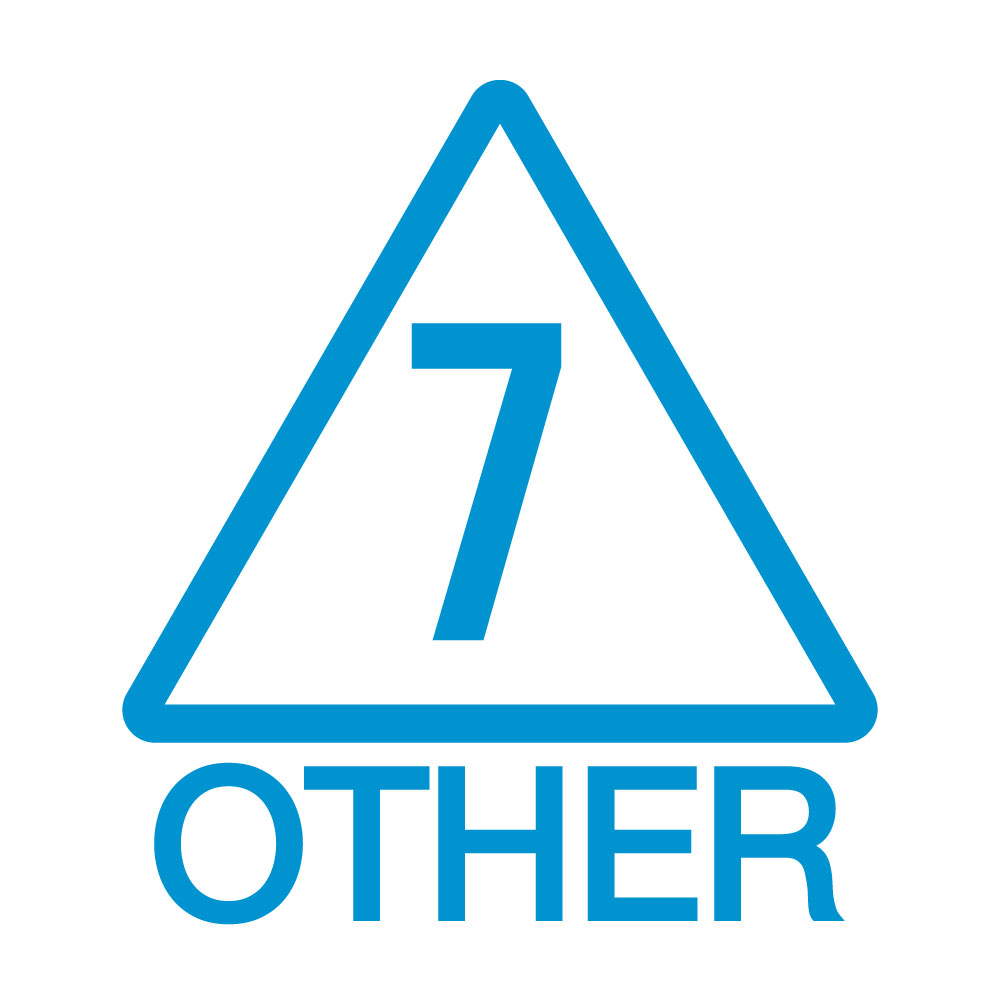
Description
Properties
Product Applications
|
Recycling may not be available in all areas. Check to see if plastics recycling is available in your community.
Source: https://plastics.americanchemistry.com/Plastic-Resin-Codes-PDF/



